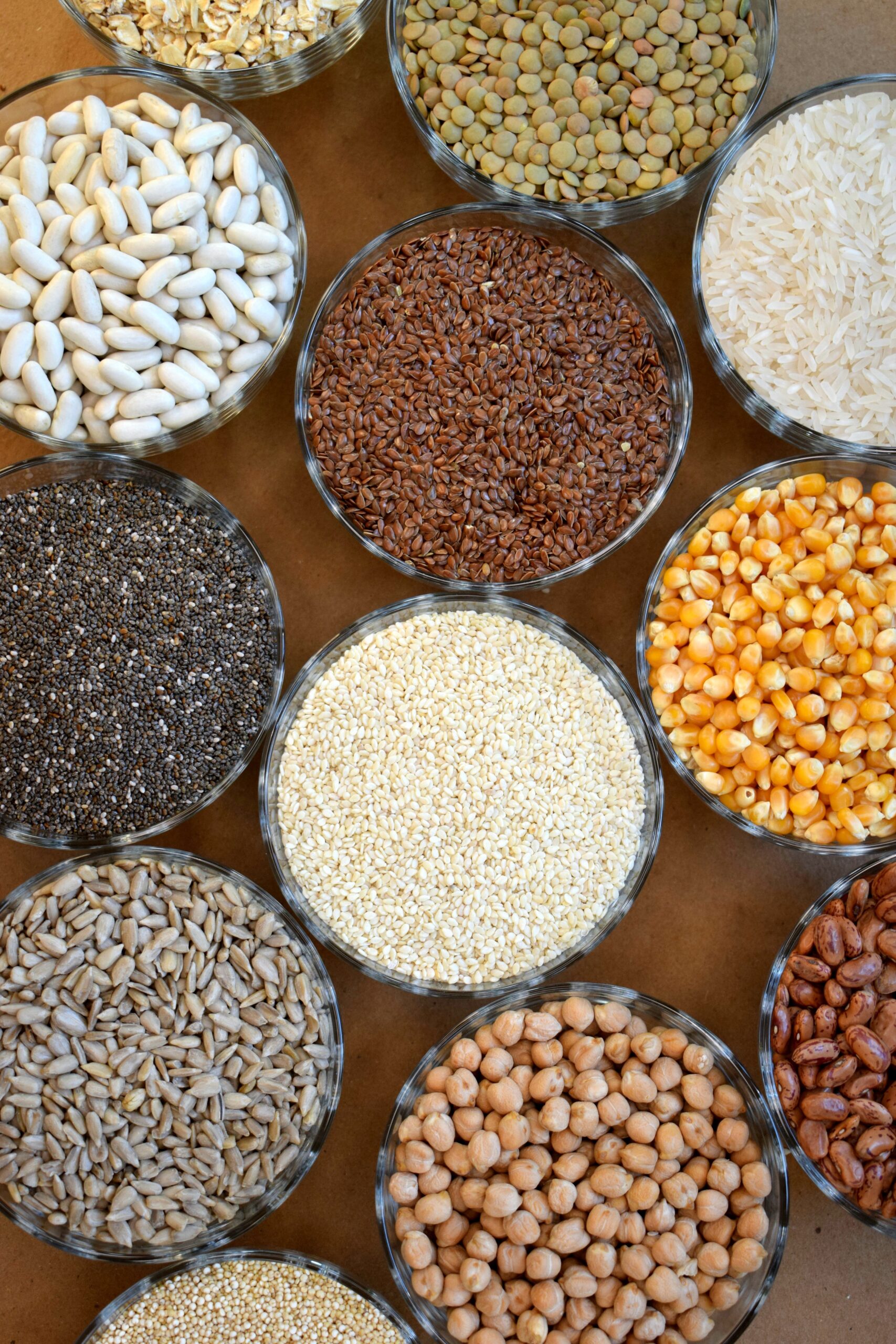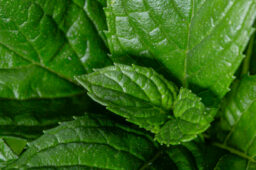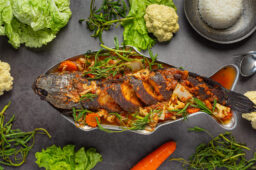
What is Gluten?
- September 05, 2021
- by
- Khyra
GLUTEN!
A six letter word,
I determine if you make pastries or bread,
Remove 3 first letters and I represent the sum of your fingers instead,
Remove 2 last last letter and I become synonymous to abundance.
Yes! you guessed it right; Gluten, ten and Glut.
But what is Gluten? Gluten is a mixture of two proteins gliadin and glutenin abundant in the endosperm of wheat grain but also occurring in barley and rye. Their amino acid composition varies but glutamic acid (33%) and proline (12%) predominate. Due to their high content of proline and glutamine residues, the proteins of wheat gluten are collectively referred to as prolamines. They are usually classified into α-, γ- and ω-gliadins and high and low molecular weight (HMW and LMW) glutenins according to the chemical composition. As a storage protein nutrient, its found in bread, biscuit, pasta, flour, pizza basis, cakes and in processed foods such as soups, sauces and sausages.
They make up approximately 5 – 10% by weight of the dry grain matter and thus around 80% of the total grain protein. Gluten is an adhesive protein and has various sensory and food-technological characteristics. However, gluten itself has a low nutritional value, but is a good emulsifier and flavor carrier; it gels, binds water and acts as a stabiliser. Gluten is therefore versatile when used in convenience foods and sauces, as well as an additive in food technology. Gluten is soluble in alcohol and can be divided into prolamins and glutelins. Wheat prolamins are called gliadins, while wheat glutelins are called glutenins. Only prolamins, the alcohol-soluble protein fractions of the following grains are toxic to people with celiac disease (inflammation of the intestinal villi walls owing to the presence of gluten in the intestinal tracts of some individual)
- Wheat (gliadin)
- Barley (hordein)
- Rye (secalin)
Every rule has its exception; Avenin, the prolamine found in oats, is not implicated for toxicity to the majority of celiac patients according to research but more studies must be done in these area.
HOW GLUTEN DETERMINE WHEN YOU MAKE BREAD OR PASTRIES
As a storage protein with long, elastic molecules which simultaneously enable the dough to be made stronger (by providing structure) and lighter (by enabling the trapping of air bubbles). A lot of gluten means a firm structure, which is ideal for bread, but bad for pastry. Too little gluten means no structure and no air-trapping, so flat bread and tough pastry. The task of the pastry-cook is to get just the right amount of gluten to make the pastry light and crumbly and flaky. Part of survival is eating foods that nourish you and identifying foods that poison you. We hope you make better choices as you thrive.
FOODS THAT CONTAIN GLUTEN
Gluten is found in a wide variety of whole and processed foods:
Processed Grain products: Pasta, biscuit, cookies, noodles, pastries, cakes and breads.
Grains: wheat rye, triticale, couscous, semolina, bulgur wheat, durum wheat, spelt and faro.
Condiments and Beverages: soy sauce, barley maltsauces thickened with flour, boullions, beer and some wines.








2 Comments
Iphy Okonkwo
6th Sep 2021 - 3:45 pmThank you For this exposition.
Eliminating all gluten food from my pantry.
Khyra
28th Oct 2021 - 4:41 amsure, don’t forget to checkout our other blogpost for more insights